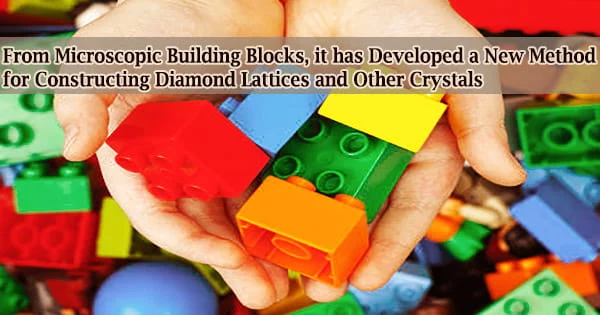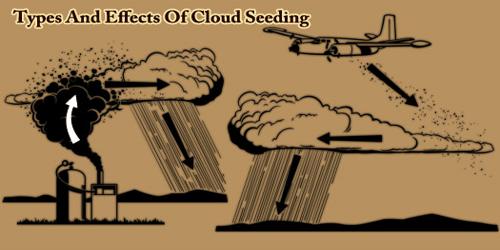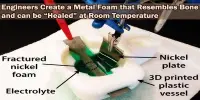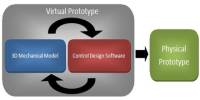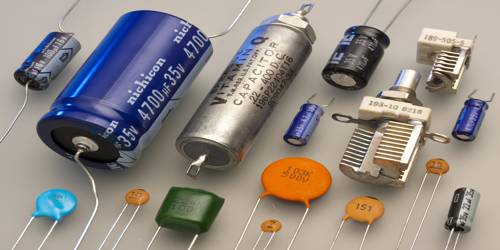The popular interlocking construction pieces known as LEGOS® may be used to create an astounding assortment of architectural forms. To create an almost limitless variety of intricate shapes, all that is required is a child’s imagination.
Researchers propose a technique for employing LEGO®-like pieces at the scale of a few billionths of a meter in a new study published in the journal Physical Review Letters.
They can also persuade these design pieces to self-assemble, with each LEGO® piece recognizing its right mate and connecting in a specific sequence to form the ideal nanostructure.
While the new study’s technique is computer-simulated, the strategy is applicable to self-assembly technologies used in the field of DNA nanotechnology. Each LEGO® brick is replaced with a nanostructure made of DNA, the well-known molecular storehouse of our genetic code.
The four nucleotides that makeup DNA, which are often referred to as A, C, T, and G, cling together according to a solid rule: A nucleotides always pair with Ts, and C nucleotides always couple with Gs.
Using base-pairing properties, researchers like Petr Sulc, the current study’s corresponding author, can construct DNA nanostructures that can take shape in a test tube on their own.
“The possible number of ways how to design interactions between the building blocks is enormous, something what is called a combinatorial explosion,” Sulc says.
“It is impossible to individually check every possible building block design and see if it can self-assemble into the desired structure. In our work, we provide a new general framework that can efficiently search the space of possible solutions and find the one which self-assembles into the desired shape and avoids other undesired assemblies.”
It is impossible to individually check every possible building block design and see if it can self-assemble into the desired structure. In our work, we provide a new general framework that can efficiently search the space of possible solutions and find the one which self-assembles into the desired shape and avoids other undesired assemblies.
Petr Sulc
Sulc works at ASU’s School of Molecular Sciences (SMS) and the Biodesign Center for Molecular Design and Biomimetics. His partner Luká Kroc, as well as international collaborators Flavio Romano and John Russo from Italy, are with him.
The new method is a significant step forward in the fast-evolving field of DNA nanotechnology, in which self-assembled forms are being used in anything from nanoscale tweezers to cancer-hunting DNA robots.
Despite significant progress, molecular self-assembly manufacturing approaches have had to struggle with unexpected material bondings. The difficulties increase in proportion to the complexity of the desired design.
Because the theoretical basis of these processes are still poorly understood, researchers are often baffled as to why specific structures self-assemble from a given set of simple building pieces.
To address the issue, Sulc and colleagues devised a sophisticated color-coding system that limits base pairings to those specified in the final structure’s architectural blueprint, with alternate base pairings prohibited.
The procedure is carried out using a custom-designed optimization algorithm, in which the correct color code for self-assembly of the intended form generates the target structure at the lowest possible energy cost while eliminating rival structures.
They then put the technology to work, designing two crystal forms that are critical in the field of photonics: pyrochlore and cubic diamond, using computers. The authors point out that this novel approach can be used on any crystal structure.
Sulc has begun a new partnership with professors Hao Yan and Nick Stephanopoulos, his colleagues at Biodesign and SMS, to put their theoretical framework into practice. They want to materialize some of the structures that they were able to create in simulations experimentally.
“While the obvious application of our framework is in DNA nanotechnology, our approach is general, and can be also used for example to design self-assembled structures out of proteins,” Sulc says.
